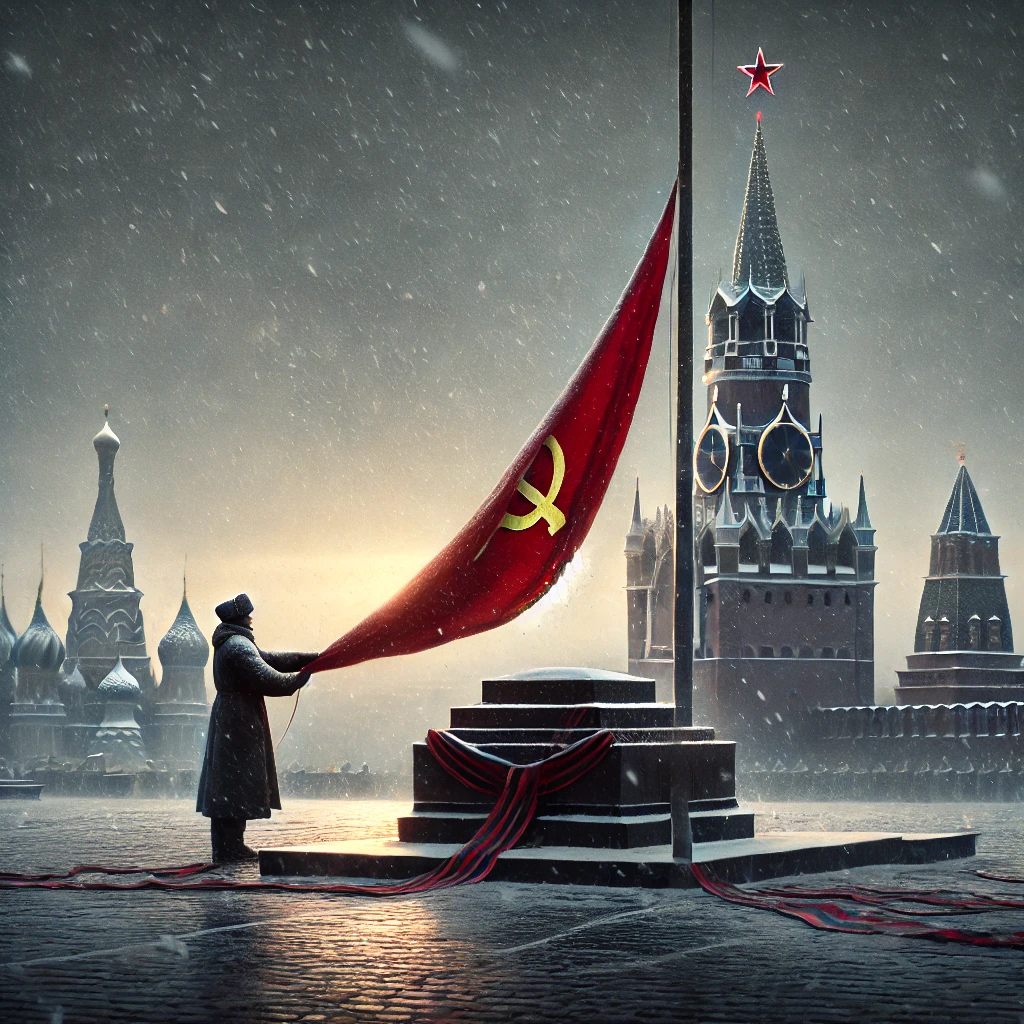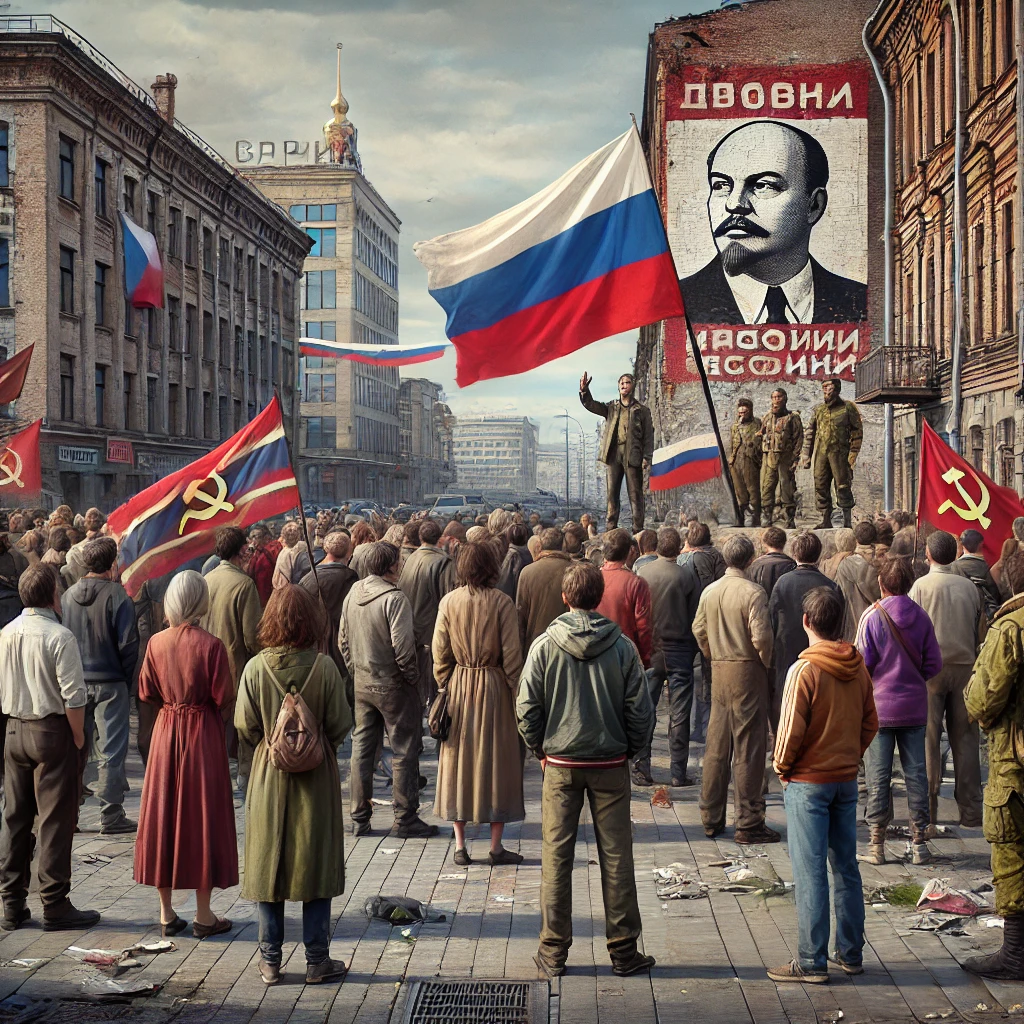On December 25th, 1991, Soviet President Mikhail Gorbachev resigned, effectively dissolving the Soviet Union. This marked the end of the Cold War era and the beginning of a new chapter in global geopolitics. The resignation of Gorbachev and the subsequent collapse of one of the world’s superpowers was a momentous turning point that reshaped the political and economic landscape of the 20th century.

The Events Leading to Gorbachev’s Resignation
The Soviet Union, established in 1922, had been a global superpower for nearly seven decades. By the 1980s, however, economic stagnation, political corruption, and growing calls for independence among its republics had weakened its foundation. Mikhail Gorbachev, who became General Secretary of the Communist Party in 1985, introduced two key policies: glasnost (openness) and perestroika (restructuring). These reforms aimed to modernize the Soviet economy and grant greater transparency, but they inadvertently exposed the inefficiencies and discontent within the system.
Gorbachev’s reforms sparked a wave of democratic movements across Eastern Europe and the Soviet republics. Countries like Poland, Hungary, and East Germany broke free from Soviet influence, while internal unrest in Lithuania, Latvia, and Estonia fueled their pushes for independence. By 1991, the USSR was no longer able to maintain control, and a failed coup attempt against Gorbachev in August further undermined the central government. Facing immense pressure, Gorbachev ultimately stepped down, acknowledging the inevitable collapse of the Soviet Union.
The End of the Cold War

The dissolution of the Soviet Union brought an end to the decades-long Cold War between the United States and the USSR. Since the end of World War II, the two superpowers had competed for ideological, military, and economic dominance. The arms race, proxy wars, and periods of heightened tensions, such as the Cuban Missile Crisis, defined the era. The collapse of the Soviet Union signaled the victory of democracy and capitalism over communism and authoritarianism in the eyes of much of the Western world.
The geopolitical shift was profound. The United States emerged as the sole superpower, while newly independent nations, including Russia, Ukraine, and the Baltic states, faced the challenge of redefining their political and economic identities. NATO’s role shifted, and the European Union began expanding its influence into former Eastern Bloc nations, reshaping alliances and power dynamics across the globe.
The Lasting Impact on Today’s World

The legacy of the Soviet Union’s collapse continues to influence global politics. Russia, as the largest successor state, inherited much of the Soviet Union’s territory, military assets, and international responsibilities. However, the economic turmoil of the 1990s left Russia struggling to adapt to capitalism and democracy. Under leaders like Vladimir Putin, Russia has since sought to reassert its influence on the global stage, leading to ongoing tensions with NATO and the West.
The dissolution also set the stage for regional conflicts and power struggles in former Soviet territories. From disputes in Ukraine and Georgia to the complex relationships among Central Asian republics, the remnants of the USSR’s collapse are still felt today. Additionally, the end of the Cold War allowed for a new focus on globalization, economic cooperation, and technological advancements that have transformed societies worldwide.
Gorbachev’s resignation on December 25th, 1991, remains a powerful symbol of change. It marked not just the end of an empire, but the beginning of a world defined by shifting alliances, emerging democracies, and the challenges of globalization. As historians and political leaders reflect on this event, its lessons continue to resonate in the ongoing pursuit of stability, freedom, and progress.
